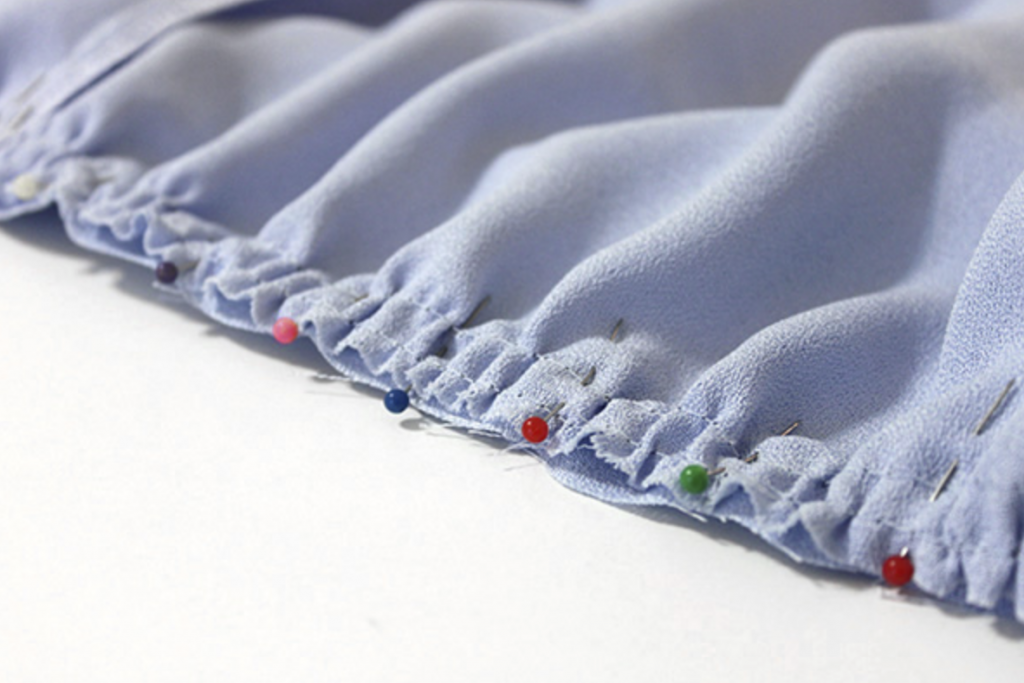
Gathering tutorial
Gathering is one of the most essential skills when making garments. It creates fullness, or can be used instead of darts for contouring. To determine how much fullness you want to achieve test the fabric first. Generally, 1 1/2 to 2 times the measurement is a good guide line, but a thicker fabric might simply refuse to gather very much at all.
Do two parallel rows of stitches with longest possible stitch length. You can use a contrasting thread colour. If your seam allowance is 3/8” (1 cm), do the first stitch 1/4” (6 mm) from the edge, and the second stitch 1/2” (1,5 cm) from the edge. The stitches should end up one on each side of the seam line. If you’re gathering long pieces such as an entire skirt, do separate stitches for back and front pieces. Backstitch at one end and leave a long tail of thread at the other end. Don’t cheat by doing just one line of gathering stitches! Your gathers will look much better with two lines of stitches, not to mention it will be easier to sew.
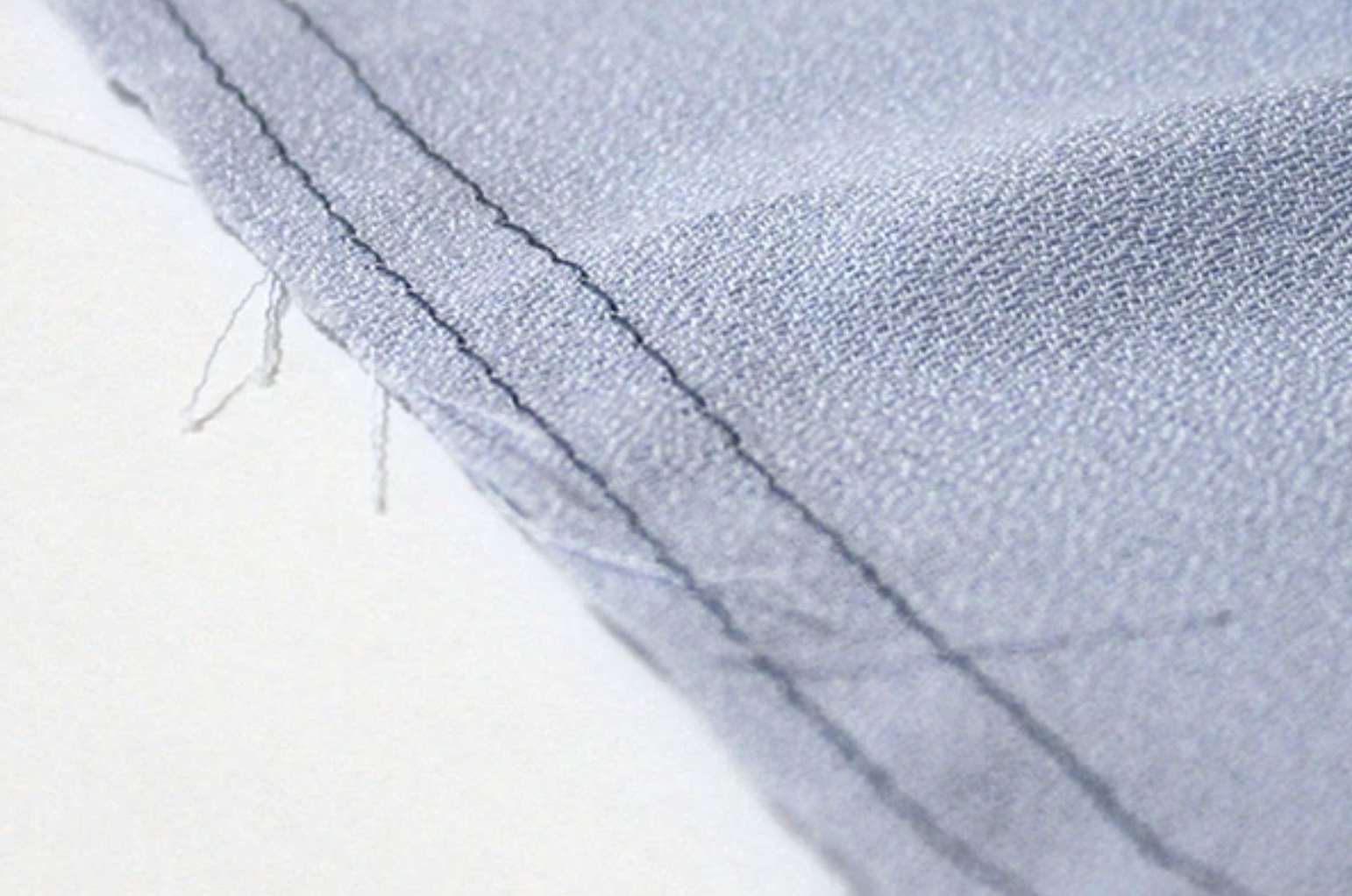
You’ll need to make sure that the gathers are evenly distributed. If you don’t have pattern markings to help with this, measure and mark 1/2 and/or 1/4 on both the edge to be gathered, and the edge the gathering will be attached to.

Place the piece to be gathered on top and match the 1/2 and 1/4 markings.
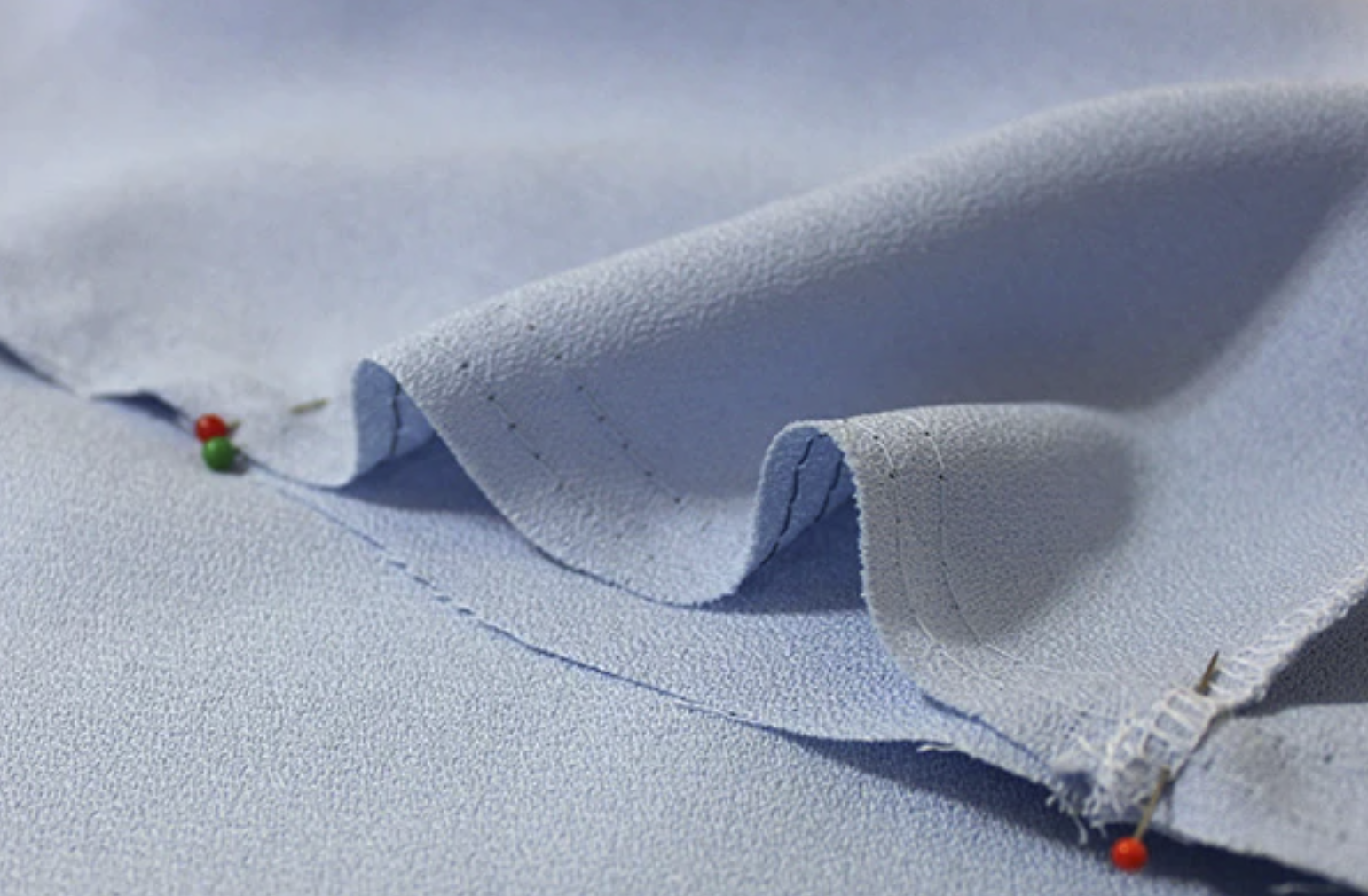

Now you can start gathering! Gently pull from the two top threads and push the fabric with your other hand. Distribute the gathers evenly.
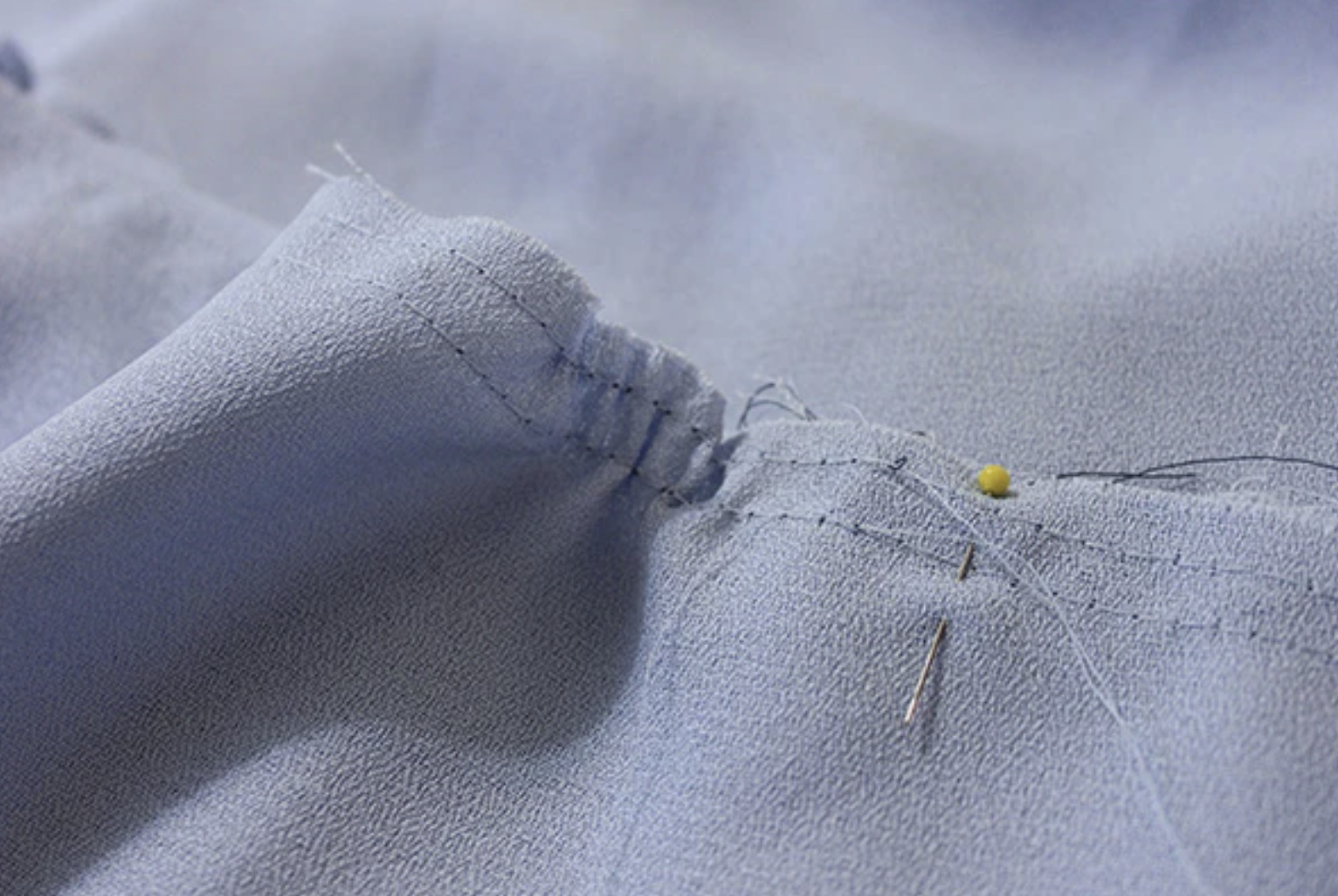
When you’re happy with how the gathers are distributed and the lengths of fabric edges match, knot the ends of threads together to secure the gathering and use plenty of pins to attach the fabric in place.

Stitch the two layers together between the two gathering stitches. (Remember to change stitch length back to normal!) Finish the raw edge with your preferred method.

Use a seam ripper to cut the gathering thread in a few places and pull gently to remove. This is where the contrasting thread makes things easier.

Give it a quick press and you’re all done!



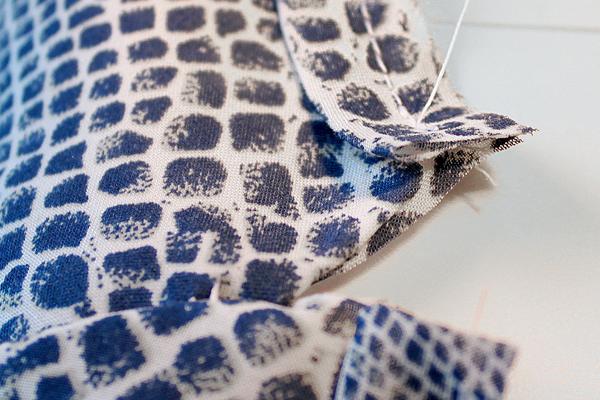
Leave a Reply